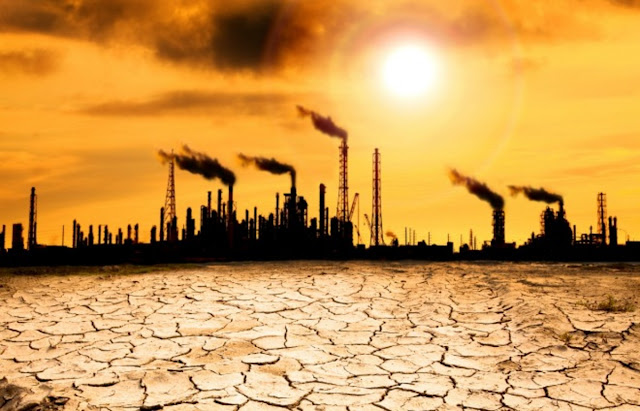There’s a problem that is affecting the whole world in the last years: global warming. Now, a report published in Nature Geoscience explains how temperatures’ rising could be double what we expect.
The research team, composed by scientists from 17 countries, said also that sea levels could rise by six metres or more even if the world does meet the 2 degree target of the Paris accord.
Researchers has analysed evidence from three warm periods in the past 3.5m years in which global temperatures were 0.5-2 degrees above the pre-industrial temperatures of the 19thcentury.
For the countries now is more compelling to deal with global warming, by addressing their emissions. Scientists forecast how the earth would appear once a warmer climate has stabilised.
According to the results of these studies, sustained warming of one to two degrees had been accompanied by great reductions of the Greenland and Antarctic ice sheets and sea level rise of at least six metres, a level higher than what our past climate models predict could occur by 2100.
Katrin Meissner, from the University of New South Wale’s Climate Change Research Centre, is one of the study’s author. She said that «during that time, the temperatures were much warmer than what our models are predicting and the sea levels were much higher».
According to Messner, these same effects today could bring underwater many urban areas and entire countries in the Pacific. «Two degrees – the scientist said – can seem very benign when you see it on paper but the consequences are quite bad and ecosystems change dramatically».
Messner showed also how climate models could be right only for small changes, like low-emission scenarios over short periods. Indeed, when climate change gets larger or more persistent, past climate models appear to underestimate the effects.
Researchers focused on three documented warm periods, the Holocene thermal maximum, the last interglacial and the mid-Pliocene. During the last one, global warming was the result of carbon dioxide concentrations, that arrived at similar levels to what they are today. The main difference is that today planet is warming faster because of rising greenhouse gas emissions caused by humans.
Another lead author of this research is Prof. Hubertus Fischer from the University of Bern. He said: «Observations of past warming periods suggest that a number of amplifying mechanisms, which are poorly represented in climate models, increase long-term warming beyond climate model projections». According to Fischer, «this suggests the carbon budget to avoid 2°C of global warming may be far smaller than estimated, leaving very little margin for error to meet the Paris targets».




Show Comments